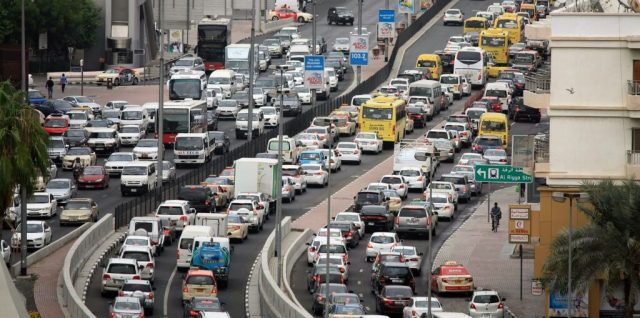Six Things To Watch Out For on the Road
This article may include affiliate links.
Car accidents are painfully common today. With around 235 million licensed American drivers, some accidents will definitely happen.
But some accidents are a product of sheer negligence, which can be avoided by spreading awareness and exercising caution.
This blog lists the various reasons why some spots get the reputation of car accident hotspots and some measures that can be taken to prevent such accidents in the future.
1. High Traffic and Congestion
High-traffic areas often experience a high amount of car accidents. This can be especially true on roads commonly used by local commuters during peak hours. The higher the road congestion, the more accident-prone it becomes.
Congested roads often lead to drivers constantly stopping and starting their cars at close distances. Such scenarios increase the chance of rear-end collisions.
Stop-and-go traffic can also lead to drivers losing patience, prompting them to perform aggressive driving maneuvers such as weaving through the traffic, which also can lead to accidents.
2. Poor Road Design and Infrastructure Issues
Sometimes, accidents happen due to a lack of proper road planning. It is crucial that some basic hazards, such as sharp turns, blind spots and narrow lanes, are avoided when a road is constructed. Such design errors are not easy to fix and can pose a threat for many years.
Poorly designed roads can lead to drivers misjudging turns, struggling to change lanes or even failing to see potential hazards. This is especially true in cities that were established prior to the invention of the automobile; such cities usually have outdated infrastructure, which can be dangerous now. Proper planning, wide roads, etc., can avoid such errors.
3. Inadequate Lighting and Visibility Issues
Poor lighting is a serious issue in many areas. The lack of lighting makes it difficult for drivers to see the road, possible pedestrians, road signs, etc. Even if the driver has the headlights on high beam, there is a possibility of missing sudden hurdles, which can cause accidents.
Poor lighting is hazardous on roads with a higher speed limit, such as in the case of a sudden obstacle. The driver might not be able to come to a stop in time. To avoid such accidents, the responsible government entity must ensure that all roads are well-lit and have reflective road markings.
4. Distracted and Reckless Driving
Distracted driving is a leading cause of accidents in the United States. Distraction can take many forms, from fixing the car’s GPS to eating while driving. Driving is a privilege, so ensuring that the focus is solely on driving is necessary.
Reckless driving is another persistent issue. Drivers often engage in risky driving maneuvers such as swerving through traffic, running red lights or not yielding the car on time. Such reckless acts can lead to serious accidents that can alter the lives of everyone involved.
To prevent such accidents, there should be stricter laws surrounding distracted and reckless driving and routine driver educational programs.
5. Weather-Related Hazards
Weather conditions like rain, ice, snow and fog can also be dangerous. Though we cannot control the weather, drivers must exercise caution when driving in such conditions.
Weather conditions such as rain, snow and ice can reduce the traction between the car and the road, making controlling and stopping the car difficult and increasing the chances of skidding. Rain, snow, and fog can reduce visibility, making it difficult for the driver to see the road ahead.
To minimize the risk of driving in such weather conditions, drivers must drive slowly, use headlights during low-visibility situations, and invest in tires suitable for slippery situations.
6. Poor or Missing Road Signage
Road signs help drivers stay informed about what lies ahead, preventing confusion and avoiding sudden stops. When important signs, such as stop signs, slippery road signs or no right turn, etc., are not visible or missing, the chances of accidents increase. Signs may be hard to read due to dirt accumulation or an object blocking them.
Faulty traffic signals and missing lane markings can also lead to accidents. Government entities must ensure that their roads are properly maintained with proper signage and lane marking and replace any missing signs as soon as possible.
The post Some Common Factors in U.S. Car Accident Hotspots first appeared on Clean Fleet Report.







